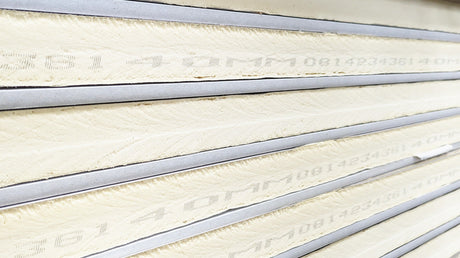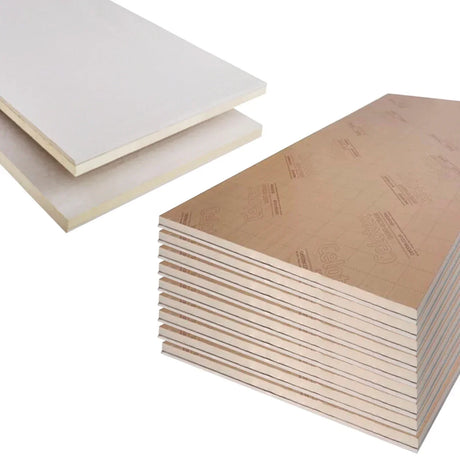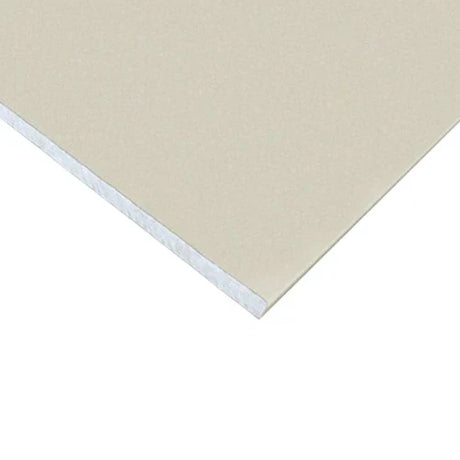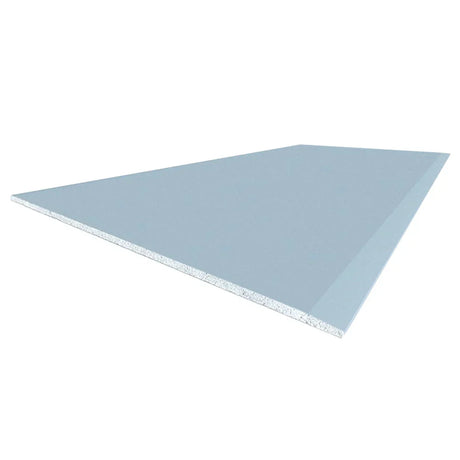Marine plywood offers exceptional water resistance but falls short of being completely waterproof in the absolute sense of the term. This distinction proves critical for appropriate application and performance expectations in moisture-exposed environments. Genuine marine plywood manufactured to BS 1088 standards incorporates several specific characteristics that create its superior moisture performance compared to standard construction plywood variants.
The primary water-resistant properties of marine plywood derive from its adhesive systems. Quality marine grade uses exclusively WBP (Weather and Boil Proof) phenolic adhesives throughout its construction, creating moisture-resistant chemical bonds that maintain integrity even after prolonged water exposure. These adhesives undergo rigorous testing including extended boiling water immersion followed by strength testing, ensuring they maintain structural integrity in the most demanding wet conditions. This adhesive performance represents fundamental difference from standard construction plywood that might use less water-resistant bonding agents vulnerable to degradation with extended moisture exposure.
Veneer quality and species selection further enhance marine plywood's water resistance. Premium marine grades use exterior-quality hardwood veneers throughout all layers rather than just face veneers, with species selected specifically for natural decay resistance and dimensional stability when wet. Common species include okoume, sapele, meranti, or similar tropical hardwoods containing natural oils and density providing additional moisture resistance beyond the adhesive properties. These veneer characteristics contribute significantly to marine plywood's exceptional performance in wet environments, creating multiple complementary protection mechanisms within the material's basic structure.
Manufacturing processes specifically enhance water resistance beyond basic material selection. Marine plywood production typically involves higher pressure during panel formation, creating denser, more compressed panels with reduced void spaces that might otherwise allow water penetration. The manufacturing standards require minimal core gaps and tight quality control throughout production, eliminating the potential water traps that might exist in lower-grade products with less rigorous manufacturing oversight. These production specifications directly influence long-term water resistance beyond the basic adhesive and wood species characteristics often highlighted in simplified product descriptions.
Despite these sophisticated water-resistant properties, marine plywood remains fundamentally a wood-based product with natural limitations. Extended submersion without protective finishes will eventually lead to water absorption, particularly through end grain or exposed edges where the wood structure creates natural capillary pathways. Without appropriate surface protection, prolonged weather exposure leads to surface degradation through UV damage and cyclical moisture movement, even while the core structure maintains integrity. These natural wood limitations mean marine plywood performs best when combined with appropriate protective finishes rather than relied upon for inherent complete waterproofing in exposed applications.
Field performance expectations should reflect these material characteristics. Quality marine plywood maintains structural integrity during occasional wetting and drying cycles far better than standard construction plywood, making it ideal for applications like boat building, exterior furniture, or dock components that experience intermittent rather than constant water exposure. For applications requiring absolute waterproofing, marine plywood provides exceptional substrate characteristics for additional waterproofing systems like epoxy encapsulation, specialised marine paints, or similar protective coatings, but should not be considered inherently impervious to water without these supplementary protections.
For practical applications requiring moisture resistance without constant immersion, marine plywood often provides adequate performance without additional treatments beyond basic edge sealing. However, for optimal longevity in challenging environments, combining marine plywood's inherent water resistance with appropriate protective finishes creates comprehensive moisture protection exceeding either component individually. This synergistic approach explains why marine plywood remains the preferred choice for high-performance moisture-exposed applications despite newer synthetic alternatives, offering balanced performance when its specific capabilities and limitations are properly understood and addressed through appropriate design and finishing strategies.









